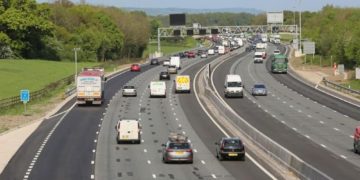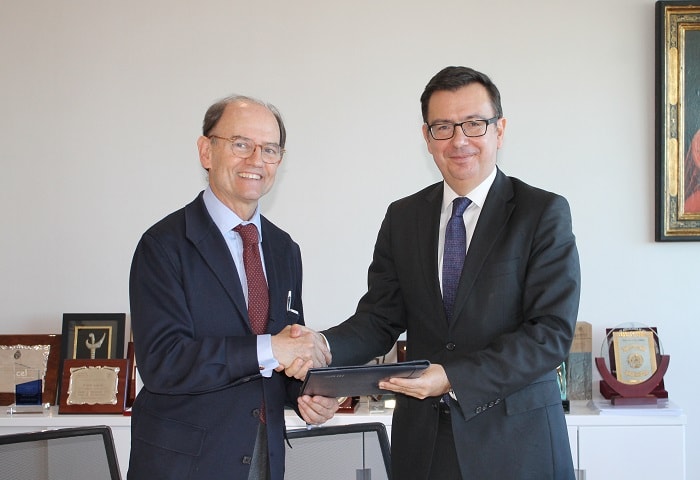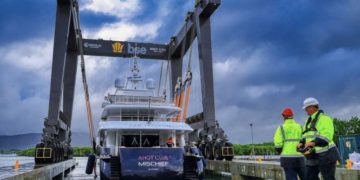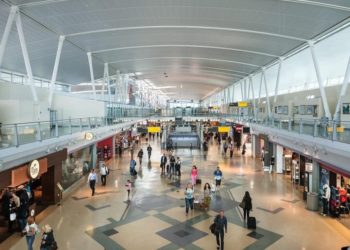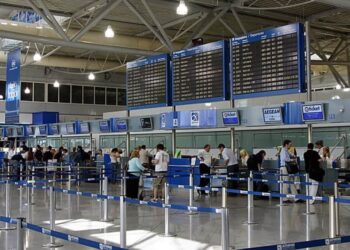With congestion becoming more and more of a problem on the roads of the US, schemes are being put into place to push drivers in the direction of ride sharing during their journeys to and from work.
The idea is not necessarily new as it has been used with some success in a lot of US cities, but in this instance the high-occupancy toll (HOT) lanes on the I-495 (interstate 495) is governed by a variable toll.
The toll varies depending upon the time of day when travelling, the number of passengers in the car and the prevailing congestion (real-time traffic conditions are monitored to manage the toll).
The scheme is being introduced by the Virginia Department of Transportation (VDOT) in order to keep the HOT lanes on the route congestion free no matter what time of day (even during rush hour).
“The toll will vary depending upon the time of day when travelling, the number of passengers in the car and the prevailing congestion.”
Vehicles carrying three or more passengers (HOV-3) and also buses and emergency vehicles can use the HOT lanes at no charge (large trucks are not allowed). However, vehicles with fewer passengers can choose to pay a variable toll to use the new express road (congestion pricing of $5-$6).
Existing free lanes also adjoin the HOT lanes in the road system.
The toll uses an electronic system E-Z Pass to collect the toll without need for toll booths. On the approach to the tolled area an electronic variable message sign informs drivers of the latest toll rates before they choose to use the HOT lanes or the free-to-use lanes.
Once a driver enters the HOT lane at a particular time and rate the toll price is fixed for that driver. This eliminates an increased price due to traffic slow down while a vehicle is in the system.
Planning
Planning for this project was started in 2003 and it has taken five years to move the project to the stage of starting construction. The work started in July 2008 on a 14-mile stretch of the I-495 (Capital Beltway) between an area just north of the I-95/I-395/I-495 interchange to just east of the Old Georgetown pike (known as route 193). This stretch of road handles 200,000 vehicles per day.
The project has been estimated to cost around $1.4bn to design and construct. It was officially opened to traffic in November 2012. The State of Virginia contributed $409m towards the cost of the project over the five-year period of construction. Under the terms of the concession, VDOT is allowed to make improvements to the roads in the area of the HOT scheme but must allow the concessionaire the option to increase the capacity of the HOT lane system if viable as an alternative.
To ensure that HOV-3 is always free in the system and that there is no disincentive for carpool and transit use on the HOT lanes, the State of Virginia will make partial payments to the concessionaire in the unlikely event that HOV use exceeds 24% of total traffic (payments could be up to $1m per year). This provision has been put in place to ensure that unforeseeable changes in overall travel patterns over the period of operation of the concession do not restrict the HOT lanes ability to generate enough revenue to pay for the operations and maintenance of the lanes, as well as paying back the construction debt.
In addition a subsidy from the state comes into force when the HOT lanes are at maximum capacity for more than 30 min in any day. At that point, the state is liable to pay for every 15 min that the HOT lanes are at maximum capacity for that day.
Construction partnerships
The 495 Express Lanes (formerly called Capital Beltway HOT Lanes) was constructed on a public private partnership (PPP) basis by the Fluor-Transurban Consortium, which has been called Capital Beltway Express (two companies involved are Fluor Enterprises and Transurban DRIVe).
“The project has been estimated to cost around $1.4bn to design and construct.”
Capital Beltway Express has been granted an 80 year concession to operate the toll lanes although the ownership of the new lanes is retained by VDOT who will also oversee maintenance.
Fluor Enterprises has 10% of Capital Beltway Express and Transurban control 90%. The majority of the construction work was carried out by the Lane Construction Corporation.
The project
The project calls for the construction of four HOT lanes (two in each direction) to be constructed in the centre of what is now a 14-mile stretch of the I-495 that is particularly prone to congestion.
Improvements/refurbishment to the existing road on that stretch is also part of the project. The construction project included a number of integrated projects:
- Two new lanes in each direction from the Springfield Interchange (phase 8 of the ‘mixing bowl’, which serves about 430,000 cars per day) to just north of the Dulles Toll Road, increasing the road capacity to 12 lanes
- Introduction of an HOV (high occupancy vehicle) system to the Beltway and Tysons Corner
- Replacement of $250m of ageing infrastructure along the route, including the replacement of 42 bridges and overpasses
- 12 key interchange upgrades, including three new access points into the Tysons Corner area
- Noise protection for adjacent neighbourhoods with the construction of more than 70,000ft (13 miles) of sound walls to double existing protection
- Construction of Springfield Interchange Phase VIII. This created a seamless HOV network on the I-95/395, Capital Beltway, I-66, the Dulles Toll Road and also any future HOV lanes on the Braddock Road
- There was a improved connection at I-66 to improve the traffic flow onto the Beltway
- There were three new access points to the Capital Beltway at Rt. 29/Lee Highway, Westpark Bridge and Jones Branch Drive


